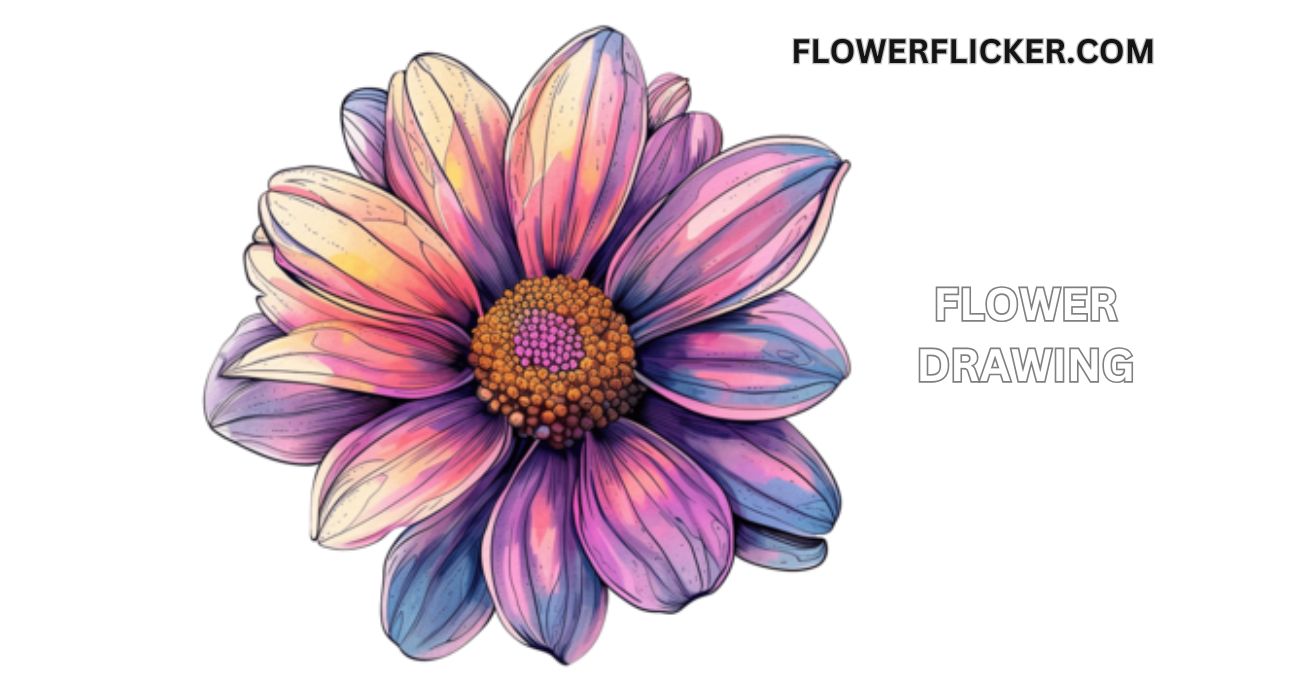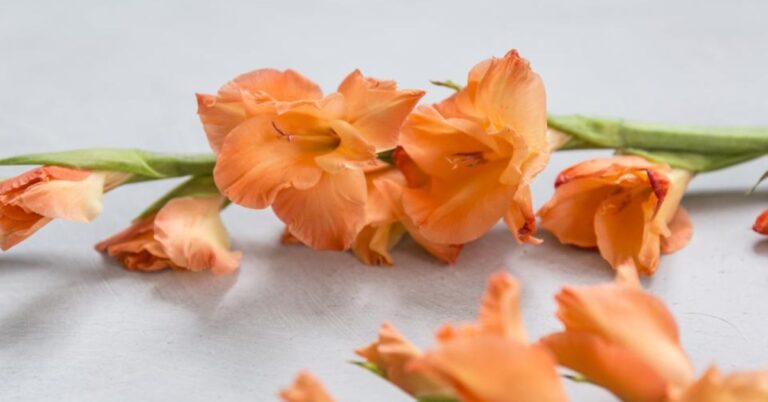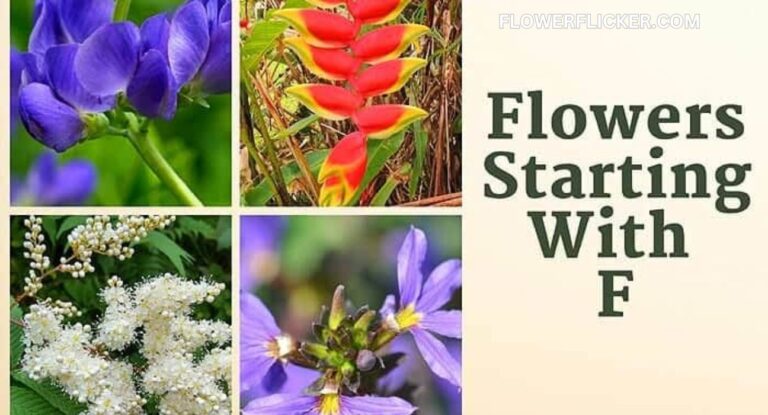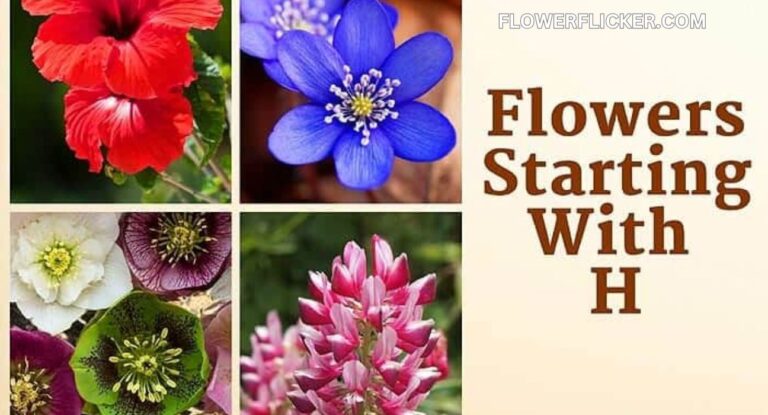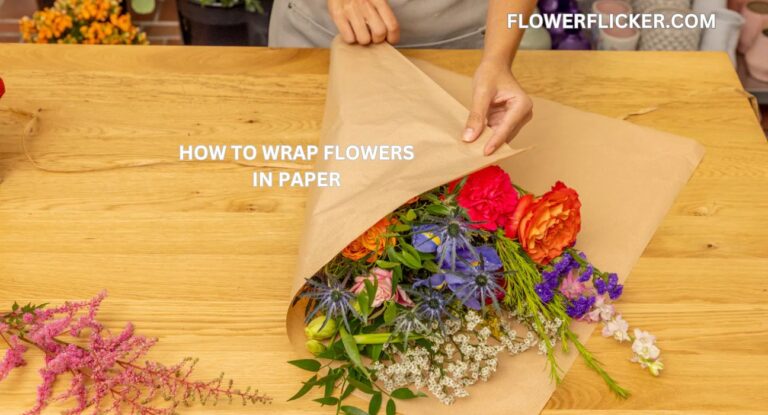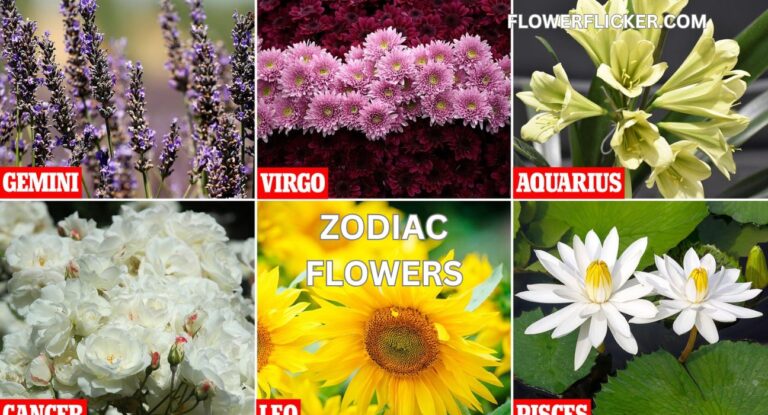Flower Drawing : Exploring Traditional and Modern Techniques
Introduction
Flower drawing serves as a fundamental artistic skill that appeals to both novice and professional artists due to its versatility and intrinsic beauty. Drawing flowers involves understanding their delicate forms, colors, and textures, which can enhance an artist’s observational skills. Whether used for botanical art, decorative purposes, or personal enjoyment, the art of flower drawing offers a rewarding pathway to exploring artistic expressions rooted in the natural world. This guide will delve into various aspects of flower drawing, from basic techniques to more advanced practices, catering to artists of all levels.
Read More: Lotus Flower
Essential Tools for Flower Drawing
Best Pencils and Pens for Flower Drawing
To start flower drawing, one needs to select the right tools that can accurately capture the nuances of floral anatomy. Graphite pencils, with their range of hardness and softness, allow for fine lines and detailed shading, essential for depicting delicate petals and stems. Ink pens, including fineliners and brush pens, offer boldness and fluidity, making them ideal for emphasizing contours and adding dramatic effects to floral illustrations. Choosing the right tools is crucial as it directly affects the outcome of your art.
Choosing the Right Paper and Accessories
The choice of paper significantly impacts the quality of flower drawings. Heavier, textured papers are excellent for watercolor techniques as they absorb pigments well, while smooth papers are perfect for detailed graphite or pen illustrations. Alongside paper, having a good set of accessories like erasers for correcting mistakes, sharpeners for fine pencil tips, and blending tools for softening lines ensures that artists can execute their vision with precision and ease.
Basic Techniques in Flower Drawing
Understanding Shapes and Structures of Flowers
Mastering flower drawing begins with recognizing and sketching the basic shapes and structures that make up different flowers. By breaking down a flower into simpler geometric shapes, artists can more easily construct a realistic and proportionate image. This approach is beneficial for capturing the unique characteristics of various flowers, from the rounded bulbs of tulips to the intricate, star-shaped formations of orchids.
Shading and Texturing Techniques
Effective shading and texturing are essential for bringing flower drawings to life. These techniques help to create depth, volume, and realism in the artwork. Shading involves varying the pressure on the pencil to produce different tones, which are crucial for showing how light plays across the flower’s surfaces. Texturing, on the other hand, adds individual details like the vein of a leaf or the roughness of a stem, enhancing the tactile qualities of the drawn flower.
Step-by-Step Guides
How to Draw a Simple Rose
A step-by-step guide on drawing a simple rose can help beginners understand the process of constructing flower drawings from basic shapes to final details. Starting with a small spiral as the center, artists can add layers of petals, each slightly larger as they move outward, ensuring each petal overlaps slightly to mimic the natural growth pattern of a rose. This method teaches foundational drawing skills while also encouraging an appreciation for floral structure.
Drawing Tulips and Daisies for Beginners
Tulips and daisies are excellent subjects for beginners due to their relatively simple and distinct shapes. A tulip can be drawn using a cup-like base topped with elongated, overlapping petals, while a daisy starts with a central circle surrounded by evenly spaced straight petals. These guides not only boost drawing confidence but also provide a foundation for exploring more complex flower types.
Advanced Flower Drawing Techniques
Creating Realistic Floral Illustrations
For more advanced artists, creating realistic floral illustrations involves a deep understanding of light, shadow, and color. Techniques such as layering, blending, and the use of gradients are crucial for achieving lifelike results. Realism in flower drawing requires patience and a keen eye for detail, where every petal and leaf is rendered to reflect its true form, texture, and nuances.
Tips for Watercolor and Colored Pencil Techniques
Incorporating watercolors or colored pencils can bring a new dimension to flower drawings, allowing for vibrant and dynamic representations. Watercolors offer translucency and flow, ideal for capturing the ethereal qualities of petals. Colored pencils provide control and precision for adding fine details. Both mediums require techniques such as layering colors, understanding pigment properties, and using the right strokes to effectively render the delicate features of flowers.

Drawing Flowers from Real Life
Observing and Sketching Flowers in Nature
Drawing from real-life flowers allows artists to capture the spontaneous beauty and diversity of botanical forms. It encourages artists to practice observing subtle differences in shapes, colors, and textures, which can significantly enhance the accuracy and vitality of their drawings. Sketching in a natural setting also offers the opportunity to understand a flower’s natural environment, which can add a layer of depth to the artwork.
Capturing Detail and Color Accuracy
To effectively draw flowers, artists must pay close attention to detail and strive for color accuracy. This involves observing the flower under different light conditions, noting how colors change in shadows and light. It’s crucial to select and mix colors carefully, whether using paints, colored pencils, or other mediums, to replicate the true colors of the flower as closely as possible.
Read More: Flowers That Symbolize Family
Flower Drawing for Various Applications
Using Flower Drawings in Decorative Arts
Flower drawings are not just confined to paper and canvas; they can be beautifully integrated into decorative arts. Artists can transfer their floral designs onto fabrics, ceramics, or glass, enhancing items such as curtains, plates, and vases. This application of flower drawings opens up new avenues for artists to see their work in everyday use, expanding their creative impact.
Flower Drawings in Graphic Design and Digital Media
In the realm of graphic design and digital media, flower drawings can be transformed into logos, website graphics, and more. These applications demand a level of versatility and adaptation of traditional drawing skills to digital formats, where flowers can be stylized or abstracted to fit commercial and artistic needs. This integration shows the dynamic uses of flower drawings in modern design contexts.
Inspirational Flower Drawing Ideas
Seasonal Flower Drawing Themes
Exploring seasonal themes in flower drawing can inspire artists to connect their work with the cycles of nature. Spring offers fresh blooms like crocuses and cherry blossoms, summer brings sunflowers and roses, autumn introduces chrysanthemums and dahlias, and winter focuses on hollies and poinsettias. These themes can guide artists to produce timely and resonant artworks that reflect the essence of each season.
Experimental Styles and Mixed Media
Artists are encouraged to experiment with styles and media in their flower drawings. This might involve combining traditional drawing techniques with digital elements, using unconventional materials, or adopting an abstract style. Experimentation pushes the boundaries of conventional flower drawing and can lead to unique and innovative artworks that challenge and expand the viewers’ appreciation of floral art.
Resources and Learning Aids
Recommended Books and Online Tutorials
There are numerous resources available to help both novice and experienced artists refine their flower drawing techniques. Recommended books often provide step-by-step tutorials, detailed illustrations, and expert advice, while online tutorials offer accessible and diverse approaches to learning at one’s own pace. These resources are invaluable for continuous learning and improvement.
Communities and Workshops for Aspiring Artists
Engaging with communities and participating in workshops can greatly enhance an artist’s skills and exposure. These platforms allow for sharing ideas, receiving feedback, and learning from peers and mentors. Community engagement can be particularly motivating for artists looking to develop their style and gain confidence in their floral drawing abilities.
Flower Drawing Easy
Creating an easy flower drawing is perfect for beginners or those looking for a quick artistic project. Simple flower drawings often involve basic shapes like circles for the center and elongated ovals for petals, using straightforward, clean lines. Techniques like minimal shading or block coloring can enhance these drawings without adding complexity, making them accessible and enjoyable for artists of all skill levels.
Hibiscus Flower Drawing
Drawing a hibiscus flower involves capturing its distinctive trumpet shape and prominent stamen that extends beyond the petals. Hibiscus flowers are characterized by their five large, broad petals often depicted in vibrant colors like red, pink, or yellow. Artists must focus on the texture of the petals and the gradation of color to realistically portray this tropical beauty.
Lotus Flower Drawing
Lotus flower drawing requires attention to the layered arrangement of petals around a central pod, depicted from either a side angle or a top-down perspective. The complexity of a lotus flower drawing can vary, showcasing the flower’s symbolic significance in various cultures. Detailing such as the delicate veining in the petals and the smooth, rounded leaves floating on water can add depth and realism to the illustration.
Lily Flower Drawing
Lily flower drawing is popular due to the flower’s dramatic and fragrant blooms. Lilies are known for their long, petal-packed blossoms which can be challenging to draw due to their curved and overlapping petals. Capturing the stamen and pistil in the center of the lilies adds a focal point and depth, making the drawing more dynamic and detailed.
Rose Flower Drawing
Rose flower drawing is a classic subject that involves various techniques to replicate the intricate, swirling pattern of its petals. A rose drawing requires careful observation to portray the flower’s elegant and romantic essence, often involving detailed shading to show the velvety texture of the petals and the layered depth. Each stage of a rose’s bloom—from bud to full blossom—offers a different challenge and beauty, making it a favorite among artists.
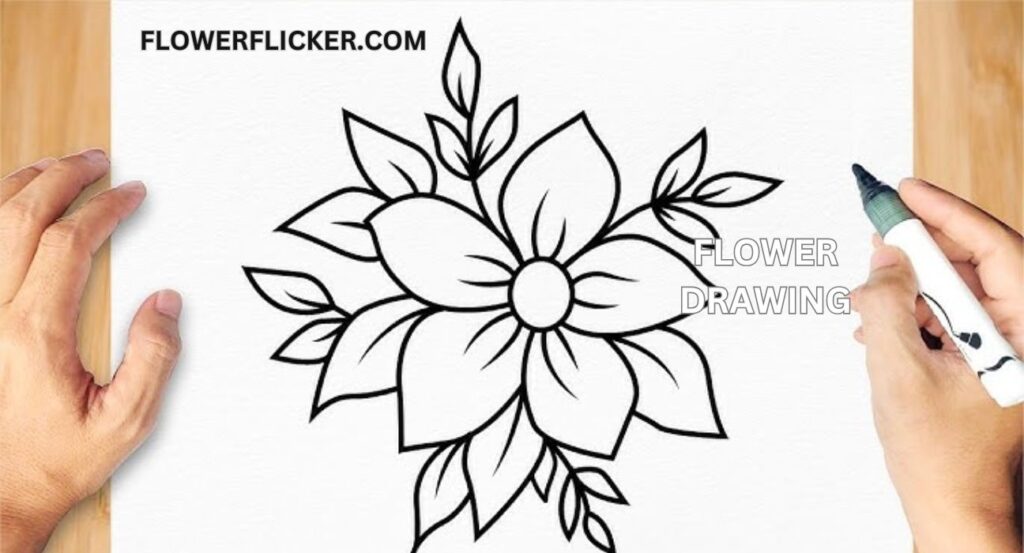
Conclusion
The art of flower drawing is a rewarding pursuit that offers endless opportunities for creativity and expression. It spans simple sketches to complex compositions, encompassing a range of techniques and styles. As artists continue to explore and depict the delicate beauty of flowers, they not only enhance their skills but also contribute to a rich tradition of botanical art. By embracing both traditional and innovative approaches, artists can create captivating floral artworks that celebrate the diversity and intricacy of the natural world.
Read More: Flowers That Represent Change
Frequently Asked Questions
What are the best materials for flower drawing?
For flower drawing, use high-quality graphite pencils for detailed work and smooth, durable paper to ensure good color absorption and fine textural work with watercolors or colored pencils.
How do I start drawing a flower?
Begin by observing the basic structure of the flower. Sketch the general outline using light strokes, focusing on the shapes of the petals and the arrangement of the leaves and stem.
What techniques should I use for realistic flower drawing?
Use shading to add depth and texture to your flower drawings. Pay close attention to light and shadows, and practice blending colors if using paints or colored pencils.
Can beginners try flower drawing?
Absolutely! Beginners can start with simple flowers, such as daisies or tulips, and gradually progress to more complex subjects as they improve their drawing skills.
What is the easiest flower to draw?
A daisy is one of the easiest flowers to draw because of its simple shape and minimal petal count, making it ideal for beginners.
How can I make my flower drawings more colorful?
Incorporate a range of colored pencils or watercolors, layering different shades to create depth and vibrancy in your flower drawings. Experiment with light and dark tones to enhance the natural beauty of the petals.
What are some creative ideas for flower drawings?
Explore mixed media techniques, combine watercolor with ink outlines, or use pastels on toned paper to add a unique texture and richness to your flower drawings.
How do I maintain proportion in flower drawings?
Use reference points within your initial sketches to ensure that all elements of the flower are in proportion to each other, maintaining the balance and harmony of your drawing.
Are there any online resources to learn flower drawing?
Yes, there are numerous online tutorials and classes available that offer step-by-step guidance on flower drawing, suitable for various skill levels from beginner to advanced artists.
What is the significance of flower drawing in art?
Flower drawing not only enhances artistic skills but also provides a deep appreciation for nature’s beauty, offering endless opportunities for creativity and expression in art.

